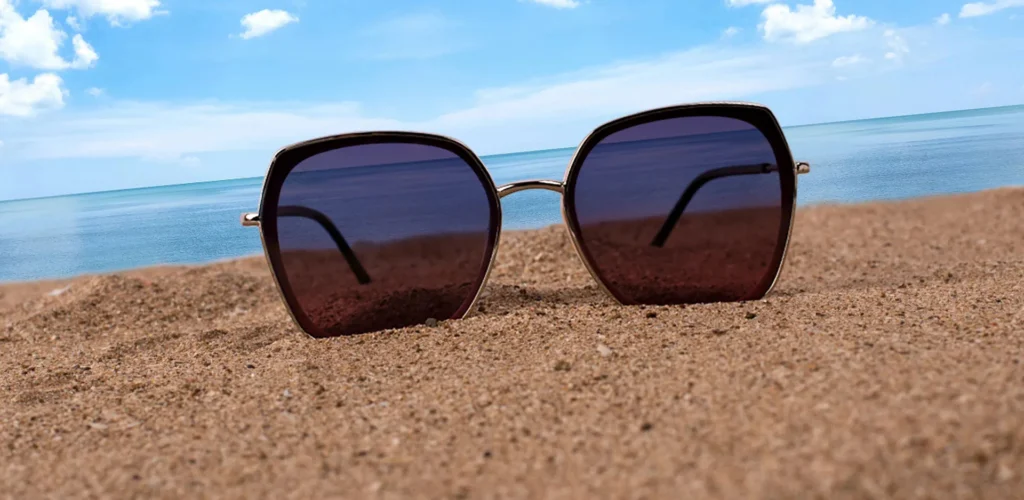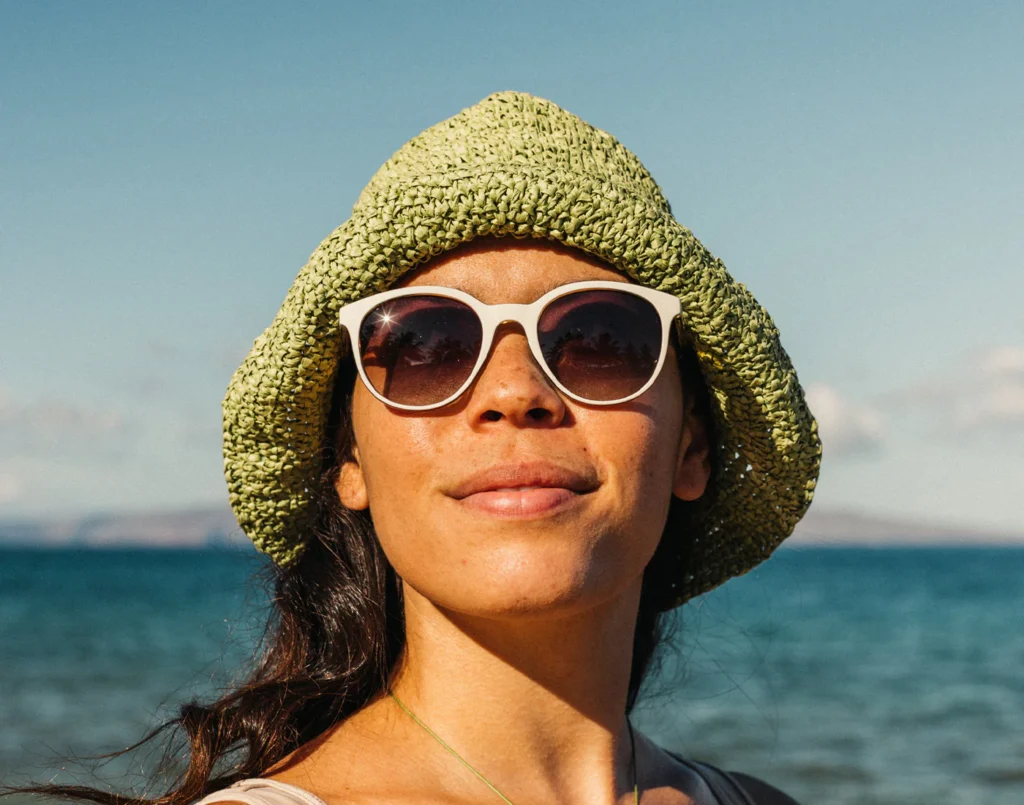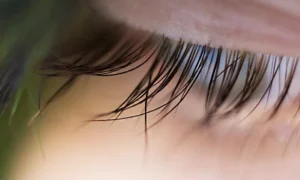Sunglasses are often treated as a simple accessory rather than an essential protective tool, and that mindset leads many people to choose the cheapest pair they can find. They look stylish, darken the light and seem to do the job. But the reality is far more complex.
Brands like Faded Days Sunglasses have helped highlight just how misleading appearances can be when it comes to eye protection. Dark lenses alone do not make sunglasses safe, and in some cases, cheap sunglasses can expose your eyes to even more danger than wearing none at all.
The most dangerous misconception is that tint equals protection. When you put on dark lenses, your surroundings appear dimmer, giving the illusion that your eyes are shielded from the sun. But dark tint only reduces visible light; it does nothing to block the harmful ultraviolet rays that cause long-term damage.
The moment your eyes sense darkness, your pupils enlarge. If the lenses have no proper UV protection, those wide-open pupils allow even more UV radiation to reach the retina. Cheap sunglasses without certified UV filtering actually increase the risk of harm because they trick your eyes into letting in more damaging rays.
The inconsistencies in low-cost sunglasses make this problem even worse. Unregulated manufacturers can produce sunglasses that look identical on the shelf yet perform entirely differently. One pair may block UV effectively, while another offers no protection at all.

Source: macv.in
With cheap sunglasses, you often have no reliable way of knowing which you’re getting. This can lead to years of repeated exposure without the wearer ever realising their eyes are unprotected. Over time, UV damage accumulates and can contribute to cataracts, macular degeneration, photokeratitis, and even certain types of ocular cancer. The risks are gradual, silent and irreversible.
Poor optical clarity is another hidden issue that affects eye health in ways people often fail to recognise. Cheap sunglasses frequently use low-grade lenses that distort vision. The distortion may be subtle at first, but the eyes notice every defect.
Over time, this forces them to work harder, correcting for mismatched curvature or uneven tinting, which can cause headaches and eye fatigue. The strain is especially noticeable when driving, cycling, or concentrating on distant objects. High-quality lenses reduce distortion, but inexpensive options can make your daily tasks more tiring without you understanding why.
Durability also plays a surprisingly important role in protection. Cheap lenses scratch easily, and even superficial marks can scatter light unpredictably. This scattered light introduces glare and bright spots that force your eyes to adjust constantly, leading to strain.
Scratched lenses also reduce clarity, making visual tasks less comfortable. The frames on budget sunglasses are often made from brittle plastics that warp or crack, which can shift the lens alignment. Misaligned lenses not only feel uncomfortable but also reduce visual accuracy and can alter how effectively the sunglasses protect your eyes.
Comfort is more important than many people realise. Sunglasses that pinch, slip or sit unevenly discourage consistent use. Cheap pairs tend to have rigid, poorly moulded frames that don’t adapt well to different face shapes.
If sunglasses are uncomfortable, people take them off frequently, leaving their eyes exposed during the exact moments protection is needed most. Proper fit ensures that the lenses sit in the correct position, covering the eyes fully and securely. High-quality sunglasses are designed with comfort in mind, while cheaper versions often sacrifice ergonomics to save on manufacturing costs.

Source: sunski.com
A false sense of security can grow into a serious hazard, especially when people rely on eyewear that only looks protective. Cheap sunglasses often darken the surroundings just enough to convince someone that their eyes are shielded, even though harmful rays remain unblocked. As soon as that illusion settles in, individuals tend to linger outdoors far longer than they normally would. Long road trips feel harmless, full days by the sea seem safe, and extended sessions of cycling, running, or hiking appear risk-free simply because the lenses reduce glare.
Many people don’t realise that darker lenses without proper UV filtration cause pupils to widen, allowing stronger radiation to reach delicate eye tissue. Hours spent under intense sunlight accumulate damage slowly, often without immediate discomfort. Increased exposure under faulty assumptions creates conditions that may contribute to irritation, fatigue, long-term vision issues, or more serious complications later in life. Confidence in inadequate eyewear becomes a hidden threat, turning ordinary outdoor activities into moments of unrecognised risk.
Price does not automatically signal performance, and many people overlook how much value can exist in the middle segment of the market. Numerous moderately priced models now deliver strong UV400 protection, solid build quality and dependable clarity without approaching luxury-level cost. Buyers often assume that only premium brands can provide real safety, yet many accessible options meet the same technical standards.
Verification matters more than branding or aesthetics. Proper eyewear will have a clear indication of UV400 capability or a statement confirming 100 percent UVA and UVB filtration. Such labeling is the only trustworthy indicator that the lenses can shield eyes against harmful radiation. Anything lacking that specification should be treated as fashion-oriented gear rather than protective equipment.

Source: nytimes.com
Tint alone may make glasses look effective, but without tested filtration, the color of the lenses only changes appearance. People may feel safer due to darker shades, yet actual protection remains absent. Certified information on the label is what transforms sunglasses into a genuine safety tool, while unverified tint offers nothing more than visual style.
Sunglasses should be treated like any other protective equipment. Just as people would not buy the cheapest helmet or sunscreen without checking its safety standards, sunglasses require the same level of care. The long-term health of your eyes depends on how well you protect them during everyday sunlight exposure. Cheap sunglasses are often marketed as harmless, disposable fashion pieces, but the risks they carry can follow you for life.
In the end, the most valuable sunglasses are those that safeguard your vision while providing clear, comfortable, and reliable performance. A single well-made pair can last years, offering peace of mind and dependable protection every time you step outdoors. The savings from buying low-quality sunglasses are not worth the long-term cost to your eyes. Investing in proper UV-protective eyewear is a small decision that makes an enormous difference to your future eye health.





















